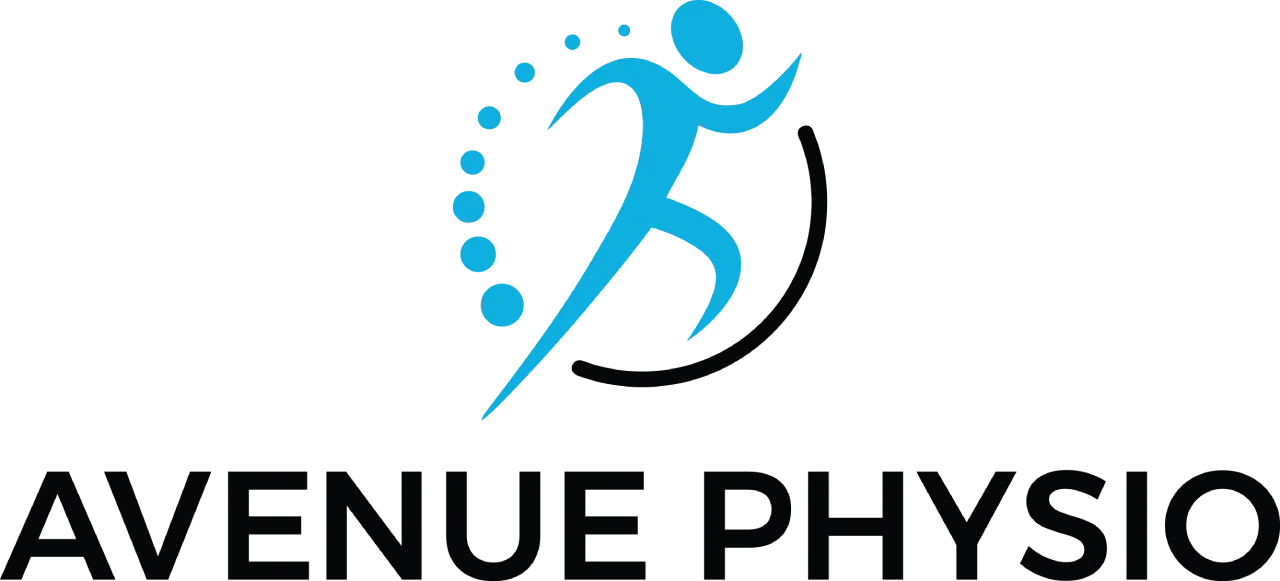
Be GLA:D about your Hip and Knee pain
Be glad about hip and knee pain? Really, why would anyone be happy to have pain?
I have knee pain from an injury that I had when I was 18 years old. I was a competitive volleyball player and injured my knee after a shoot set went wrong. Wrong timing on my end. I was forced to change my body position in the air when spiking the ball causing me to land off-balance.
As the result, I tore my ACL (anterior cruciate ligament) in my knee.
I was not glad. I was sad. Then fast forward a couple of decades and I start to experience a stiff and sore knee. Still not happy.
So what is there to be glad about when it comes to hip and knee pain? Well, firstly all the research that has been done over the past decade and the ongoing research so we can better understand how to prevent and manage osteoarthritis.
Epidemiology studies show that knee osteoarthritis has existed in fairly low numbers until the mid-20th century when the disease then doubled. The rationale for the increase in the 1940s – the 1960s was that the population was aging and getting heavier.
But findings of more recent studies have questioned the assumptions that the increase in OA can be summed up with obesity and age. It would appear that the list of possibilities is more than we first thought and one of the biggest reasons for the increase in OA may be inactivity.
I now know from the research that Injuring my knee when I was a young adult increased my risk of osteoarthritis in my future by sixfold.
Risk factors for developing OA include:
- Excess weight
- Physical inactivity
- Muscle weakness
- Joint overload
- Age
- Sex
- Genetics
The good news and what we can be glad about is that the majority of the risk factors are modifiable. Knowing the risks of what may worsen my knee OA empowers me to stay active, strong, and at my ideal weight.
And what I am really glad about is The GLA:D program. A program that was developed to help people with osteoarthritic knees and hips.
GLA:D stands for Good Life with osteoArthritis in Denmark. The University of Southern Denmark Research Unit for Musculoskeletal function started this program in 2013.
What is the GLA:D Hip & Knee program?
GLA:D is an evidence-based treatment plan for osteoarthritis consisting of 3 components.
EDUCATION
Two education sessions to teach GLA:D participants about:
- What is OA, risk factors, and symptoms
- Currently available treatment for OA
- How to self-manage your symptoms
- Why and how exercise can help with your OA
- How to cope with the difficulties of daily activities associated with OA
EXERCISE
12 Exercise Sessions
60 Minute group exercise classes twice a week for 6 weeks by a certified Physiotherapist. You will:
- Learn how to control your movements and proper posture
- Build muscular strength through functional exercises
- Learn how to apply these exercises to everyday activities
MEASURE YOUR IMPROVEMENT
Data Collection for Quality Monitoring
The program measures how you’re doing at your first, 3, and 12 months after you have started the program. This information will help us monitor how the program is working for people with osteoarthritis all over Canada and ultimately will help us improve the program.
What is OA?
Osteoarthritis is a chronic musculoskeletal disease that affects the large-weight-bearing joints.
How Common is OA?
- More common than high blood pressure and diabetes
- The most common lifestyle disease in people older than 65 years
- 30% of people aged 50 and above report hip and/or knee pain
OA affects the entire joint, but most of the disease affects the cartilage that covers the ends of the bones – called articular cartilage. Articular cartilage helps the joints move smoothly and absorbs the forces when loading a joint.

In a healthy joint, there is a balance between regeneration and degeneration of the cartilage. Osteoarthritis occurs when there is more degeneration than the regeneration of cartilage. This causes the cartilage to become thin and fragile.

In the past, osteoarthritis was often described as the ‘wear and tear’ of the joint. This statement is misleading, as cartilage actually needs ongoing movement to stay healthy. The thought that you need to protect your joint so it doesn’t ‘wear out’ is inaccurate and leads to more degeneration.
A joint requires a certain amount of load to regenerate articular cartilage.

How do I know I have Osteoarthritis?
The diagnosis for osteoarthritis is made based on people’s symptoms and examination findings.

An early sign of OA in the knee or hip may be stiffness in the joint first thing in the morning. You may experience pain and swelling after activity and notice that it is hard to bend your joints to put your socks or shoes on.
Your doctor may send you to get an x-ray. An x-ray may show changes to your cartilage including; decreased joint space, osteophytes (small bone outgrowths), cyst formation, and sclerosis of the bone beneath the cartilage.
All these changes and terms may sound scary but it is important to know that 85% of adults are shown arthritic changes on x-rays and report no pain. There is little correlation between the degree of arthritis seen on x-ray and actual pain. For this reason, your clinical diagnosis will be based on your symptoms.
Symptoms of osteoarthritis
- Symptoms develop slowly
- Feeling of instability, ‘looseness’ or ‘giving way’
- Stiffness
- Reduced range of motion
- Pain on weight-bearing
- Pain at rest
- Red, hot, or swollen joint
Another reason to be GLA:D
Following the success of the GLA:D program in Denmark, the International Network was established in 2018 and the GLA:D program was implemented in Canada, Australia, China, and Switzerland.
And in 2020 Avenue Physio was really glad to be offered the GLA:D Osteoarthritis knee and hip program Virtually.
What Makes the GLA:D Program so special?
This International program from researchers in Denmark has implemented a program with the aim to provide the highest quality of care based on the most up-to-date research. There have been over 50,000 people participating in the program since its inception. Several measurements for each participant have been taken both before and after the program. These results have shown a reduction in symptoms of 32%. Other outcomes include:
- reduction in pain intensity
- reduced use of pain medications
- increased levels of physical activity
- delayed surgery or prevention of surgery
- fewer individuals on sick leave
Since the launch in Canada in late 2016 the results have been very similar. This is by far the most well-studied and researched exercise program for those with hip and knee OA. As a result, it has spread quickly and is being adopted by physiotherapists around the world.
If you are wondering what exercises the research shows you should be working on if you have hip or knee osteoarthritis. Give these movements a try. If they are too hard or too easy they can be modified.
1. Core Stability (Abdominal area)
– think abdominal exercises like curl-ups
View this post on Instagram
2. Postural Orientation (keeping your knee over the leg) – Lunges
Muscle Strength in the legs – gets your quads strong!
View this post on Instagram
3. Muscle Strength in the legs – gets your quads strong!
View this post on Instagram
4. Functional Training Exercises – stairs and squats
View this post on Instagram
If you have stopped exercising or moving due to hip or knee pain and believe exercise will make your knees or hips worse – you certainly are not alone.
So be GLA:D about your hip and knee pain. Be GLA:D that Avenue Physio is offering the program and all your sessions can be submitted to your extended benefits provider for reimbursement as part of your physiotherapy coverage.
Give us a call to learn more about the GLA:D Hip & Knee Program.

Written by Kelly Barrie
Kelly is the owner of Avenue Physio and is proud to be part of a supportive and personable team that is dedicated to providing a high quality of treatment and experience to patients. She has been a physiotherapist for over 25 years treating a range of orthopedic conditions including chronic pain, motor vehicle collisions, and sports injuries (from the weekend warrior to high level). Kelly has always been passionate about movement and promoting healthy lifestyles. First, as a Certified Personal Trainer, and for the last 25 years as a physiotherapist. Kelly has completed the highest level of Certification in Manual and Manipulative Therapy that is internationally recognized (FCAMPT). Advanced knowledge of strengthening programs, manual therapy skills, and critical thinking optimize her treatment plans for her patients so they can reach their movement goals.
References:
-
- gladinternational.org/glad-hip-and-knee/
- gladcanada.ca/
- R. Altman et al. Development of criteria for the classification and reporting of osteoarthritis: classification of osteoarthritis of the knee. Arthritis Rheum, 29 (1986), pp. 1039-1049
- Ian J Wallace et al. Knee osteoarthritis has doubled in prevalence since the mid-20th century Proc Natl Acad Sci (2017) Aug 29;114(35):9332-9336.
